Outlines or Index Cards?
 Okay, I admit it. I’m not cool and hip and an unplotter. I’m a methodical outliner. I have even dabbled with index cards but found them to be a little too free-wheeling for me. They just didn’t give me the high of an organized linear document. I like structure. And, yes, I do write my short stories and novels in a linear progression from Chapter One, Scene One to “The End.” Writing something out of order, sacrilege, I think. I wouldn’t say it--really. What I’ve discovered is that what works for some doesn’t work for all. And, like Terry mentioned yesterday, the key to finishing your novel is to find what works best for you.
Okay, I admit it. I’m not cool and hip and an unplotter. I’m a methodical outliner. I have even dabbled with index cards but found them to be a little too free-wheeling for me. They just didn’t give me the high of an organized linear document. I like structure. And, yes, I do write my short stories and novels in a linear progression from Chapter One, Scene One to “The End.” Writing something out of order, sacrilege, I think. I wouldn’t say it--really. What I’ve discovered is that what works for some doesn’t work for all. And, like Terry mentioned yesterday, the key to finishing your novel is to find what works best for you.You might be an outliner if…
1. You own a Dymo Labeler and you use it on a regular basis.
2. Your gift wrap ribbons are organized by color in one of those plastic shoe rack things that hangs on the inside of a closet door. If people, meaning your husband or child, puts the ribbon back in the wrong pouch, it bothers you. A lot. But I digress.
3. You actually liked writing term papers in high school and/or college
4. You come to a full stop at stop signs in your neighborhood, even when there are no other cars around.
5. You write your daughter’s name on the sole of her pointeshoes and add a symbol to encourage a rotation system of ■, ●, ▲, ●● in permanent marker.
With my first novel, a historical romance, I didn’t outline. I pantsed my whole way through and when at long last I typed “The End,” about 650 pages later, I discovered I’d written at least two books with multiple subplots. With subsequent novels and my published short stories, I found outlining kept me on track. Over the years, I’ve added more and more detail in my outlines to highlight my strengths and to overcome my weaknesses (readers’ emotional connection to characters). I start with characters’ backstory. Then I move on to the story itself. In addition to the actions of the characters, with each scene, I also list descriptions of the setting, sensory details that I might want to use, and the emotions for each character in the scene. I also check to make sure I’ve included a sequel (reaction) built into the plot after each scene. If dialogue comes to me, I throw it in, too.
Here’s an example of what an early version character backstory for Widow’s Kiss looked like:
Christian Redding: Runs father Archibald Redding’s plantation in the West Florida parish of St. Tammany (Louisiana). Father was a former British soldier who fought in the Revolutionary War. Christian’s hard work and love for this property has made the timber plantation successful. He wants stability, but change is in the wind. In the past year, his widowed father has begun to spend their profits frivolously and, worse yet, he’s decided to marry a notorious young widow rumored to have had a hand in her previous husbands’ deaths. If that weren’t enough to disturb his peaceful routine, his prodigal brother, recently returned from the Orient, is trying to convince their father to join with other plantation owners who are planning an insurrection against the Spanish. The family could lose everything. Physical attributes: Tall, broad-shouldered, golden-haired, blue eyes, chiseled face. Rarely smiles. Tiny lines around his eyes from being in the sun and squinting. Browned a bit from the sun from overseeing the felling of timber. Looks like a taller, younger copy of his father. Goal: To protect his father from getting hurt by this woman he plans to marry (even if it means preventing the marriage) and to keep the Redding plantation out of the insurrection.
I then type similar paragraphs about all the main players in the story: the heroine, the hero’s father and brother, the red herring characters if there’s a murder involved (which in this story there is), the real villain, etc.
This is what I did for a typical scene in the same story:
Chapter One
Scene 3:
Setting: August. Warm morning. New Orleans. Windy from river. Whale oil lamp posts. Vieux Carre. Wrought iron balconies with plants, plastered brick edifices with some crumbling brick showing through. Lush courtyards and patios. Shutters battened down facing the road. Sounds, drip of water, footsteps on banquettes (boards), hush of Sunday morning. No bustle yet. By afternoon the bustle would return. Creoles enjoyed their Sabbath. Passes the Planter’s Bank at Chartres and Bienville. Rue Royale. Courtyard patio. Enters with wagons through wide gate which faces the street, porte cochere. Passes through high-domed passage way into court with bricked patio. Center fountain. Side kitchen and slave quarters detached from main dwelling. To the rear, a slant of sunlight illuminates the interior of an empty carriage house, with empty horse stalls. Window openings wide with arch at top and fan transoms. Wide window sills holding flower pots and what looked like rosemary. Flat green roof tiles, wet with dew, green was striking rather than half-round red tiles. Moresque style wrought iron railings on the second floor galleries with a D in the center. First husband’s monogram. Glimpse of brocade upholstery in parlor when wind shifts a lace curtain. Emotion: Angry that his father is marrying, that his brother is encouraging father to side with nationalists, and that his father sent him to escort the widow to the plantation. Action: Christian sees heroine Desiree for the first time. She’s as beautiful as she’s rumored to be. He learns that her cousin is also coming to the plantation with them (something he’s pretty sure his father doesn’t want) and that the widow isn’t bringing any of her expensive furniture (which he knows his father did want), which she’s sold along with her home to improve her finances. What happens merely confirms his suspicions that this marriage between Desiree and his father is ill-fated. She’s surprised that her fiancé sent his son and that his son looks so much like his father. Once she convinces Christian that her cousin must come with her, she seems particularly concerned by the time. He realizes why as the wagons make their way through the city and the people leaving church treat Desiree with disdain. He feels sympathy for her, which he doesn’t want to feel. Hook: A man in the road at the edge of town calls out to Christian, warning him that no one survives the widow’s kiss.
I may not use all the details I list in the setting, and I may add more when I actually write the chapter. For example, I added in sunlight hitting the wet tile roof and blinding the hero when he initially meets the heroine, so that he can hear her voice but not see her face until she moves out of his blind spot. I also added sounds and smells. I add dialogue when I do the real scene. But what I’ve written in outline gives me a good starting point. If I’m smart, I’ll go back and add in all the characters’ scene goals if I haven’t included them the first go round of outlining.
One of my writing friends swears by index cards. I think they’re for people who need some structure to get started but don’t want the detailed formality of a thirty-five page, single-spaced outline. Yes, mine are that long. This friend, though, writes important plot points, scenes, sequels, turning points, the black moment, resolution, etc. onto separate index cards. Then she organizes them. She puts the character GMC’s on index cards, too. At times, she even uses colored index cards to delineate hero and heroine plotlines so that when she spreads them on the floor, she can see where her hero and heroine’s journeys might need a little more attention.
You might be an index card plotter if:
1. You like to spread things out on the floor
2. You like shuffling cards
3. Outlines give you hives* (this could also make you an unplotter)
For me, outlining is a comfortable method of organization; it’s familiar, and I like that it’s linear. It’s essentially my safety net. I do diverge from the outline if something I’ve planned isn’t working or if I get a brilliant idea that makes the story work better. Sometimes, once the first draft is done, I throw away completely written scenes (I save them in a file for future use—just in case), I might add some new ones, and I might move some around to better suit my plot. The biggest benefit to me of outlining is that I can see without writing a full chapter what I need to cut or add to, whether I have enough conflict, whether my plot is moving, etc. In the long run, it saves me time revising.
How about those of you who outline? What makes this method comfortable for you? What tips for outlining do you have to share? Anecdotes?
Labels: outlines for novels

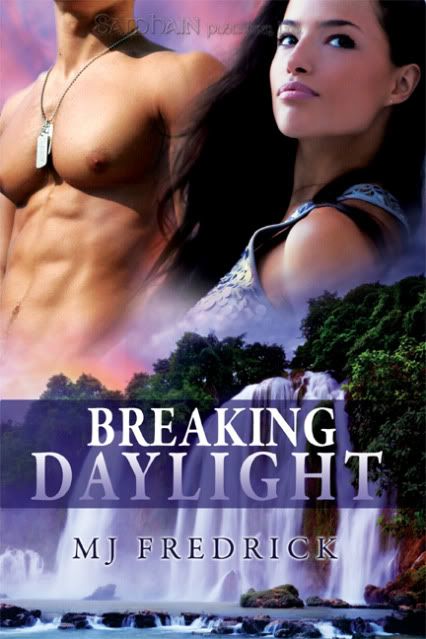
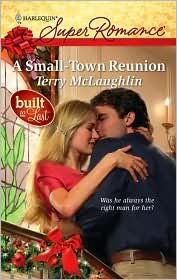
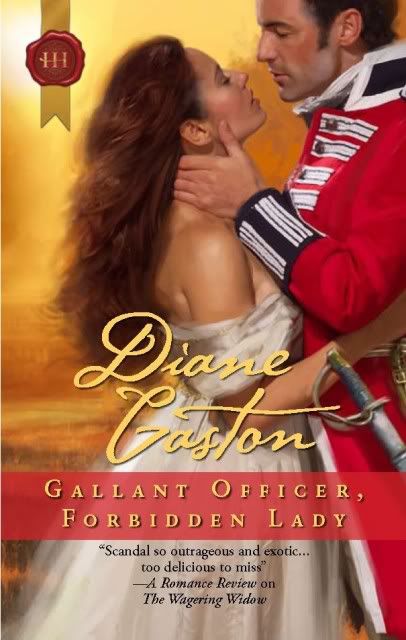


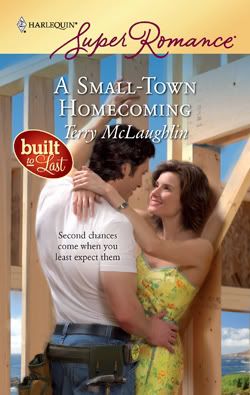
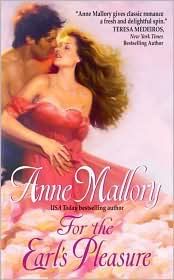

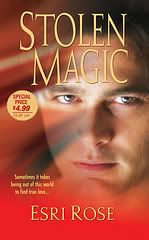
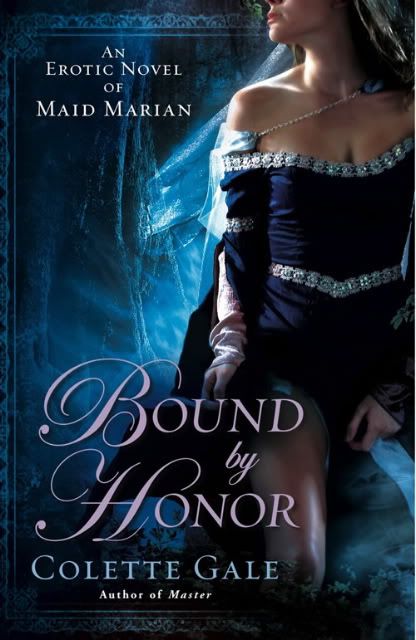
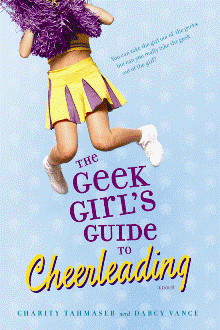
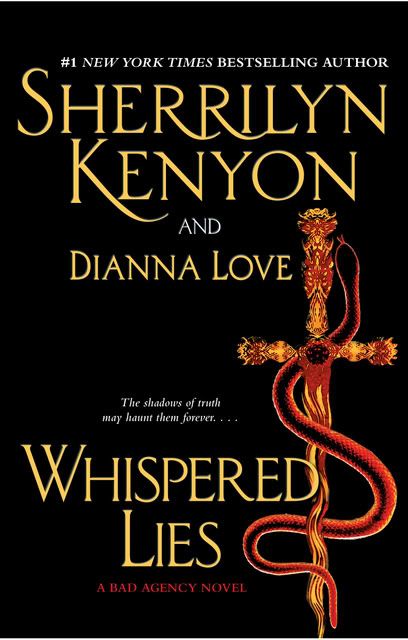
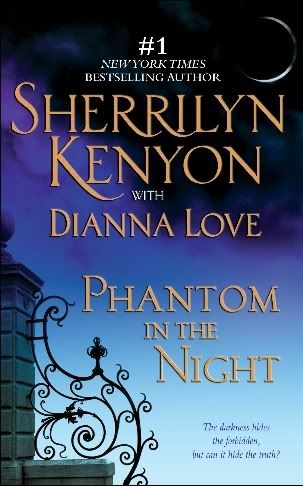




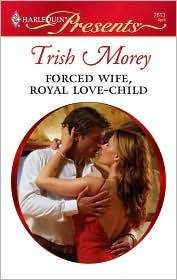
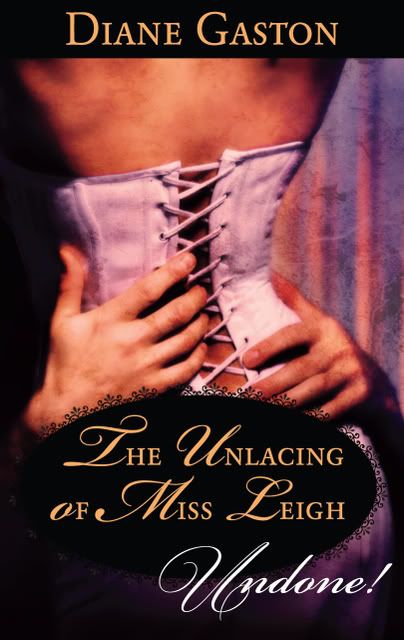




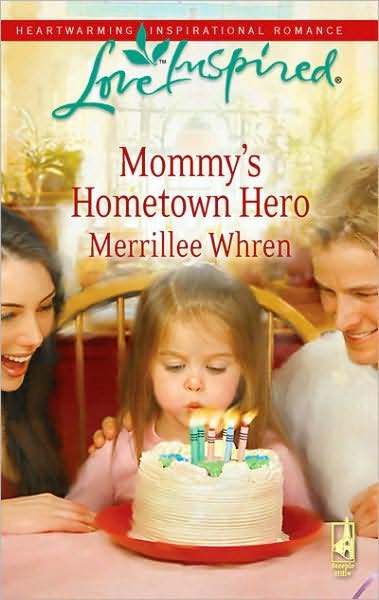
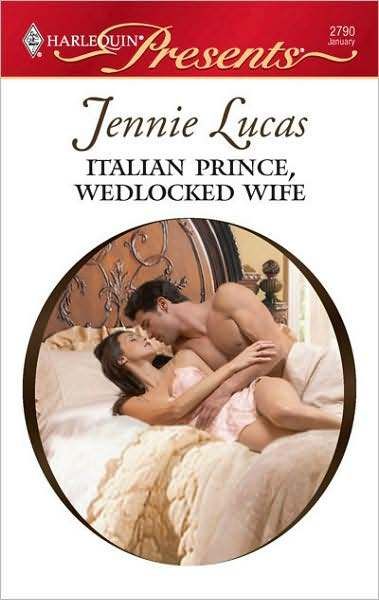

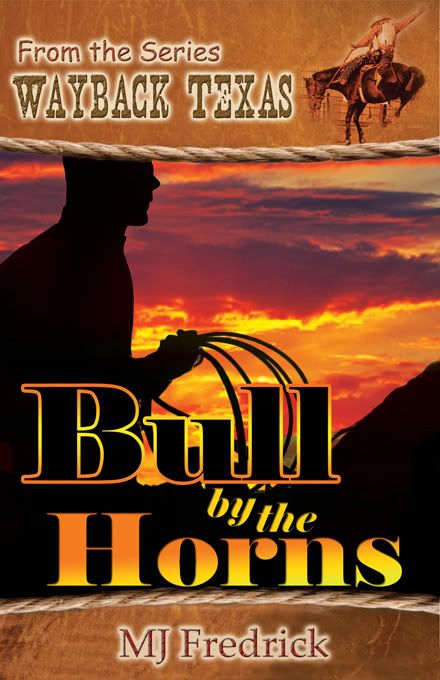
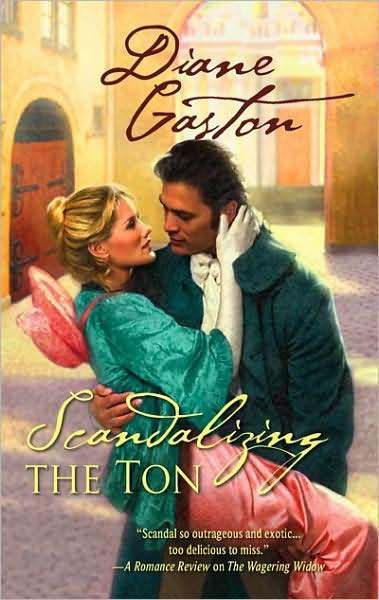
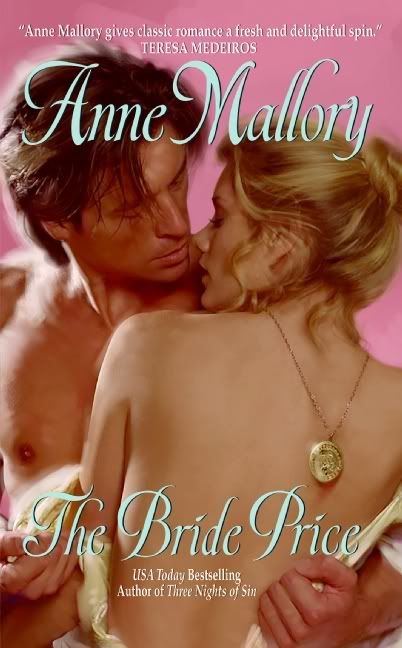
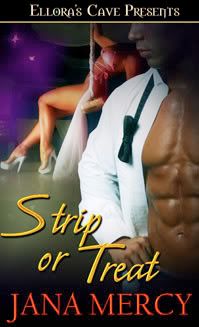
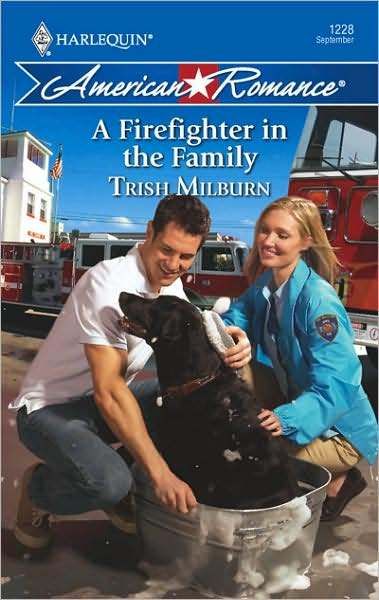
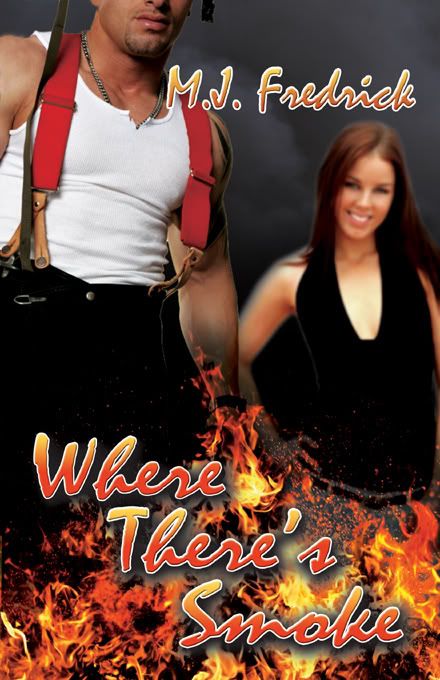
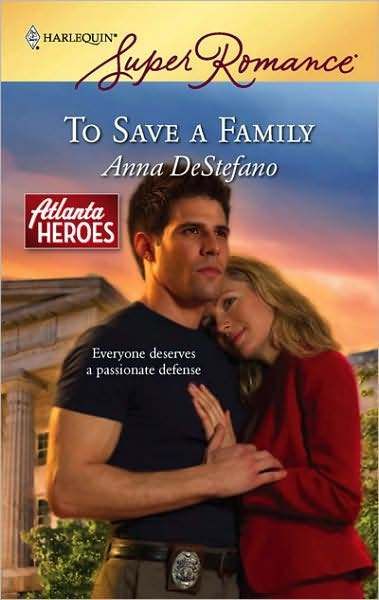


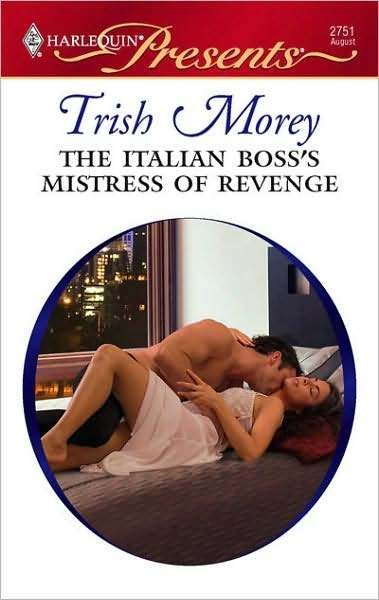
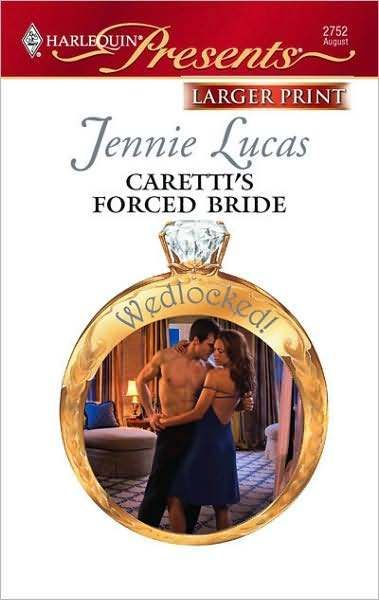



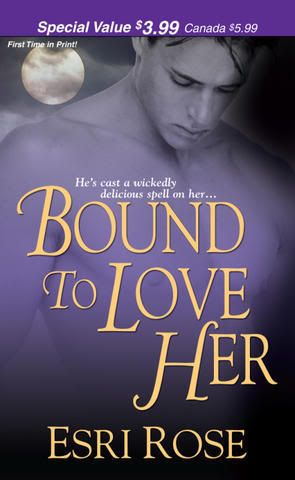

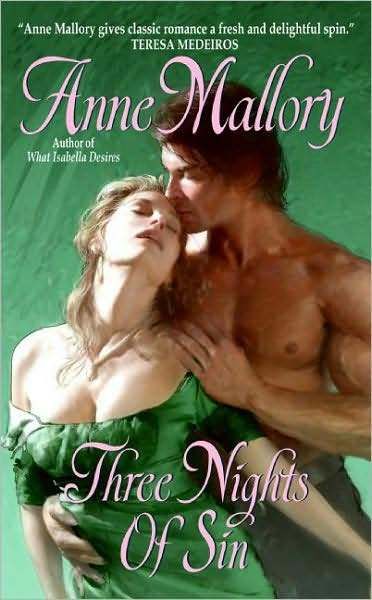
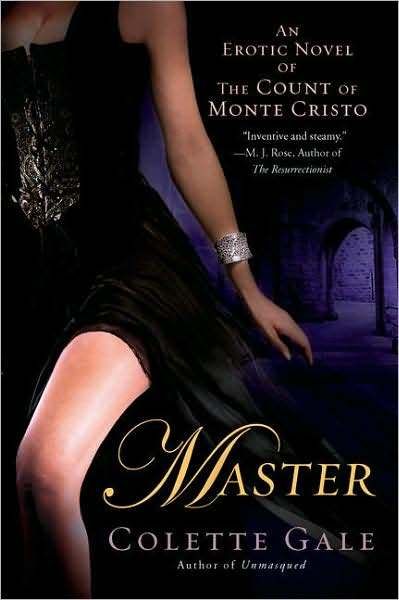





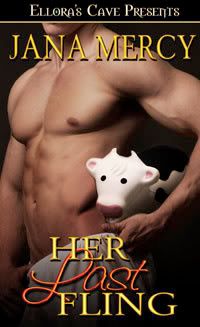
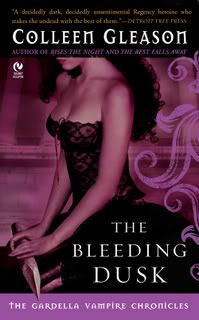


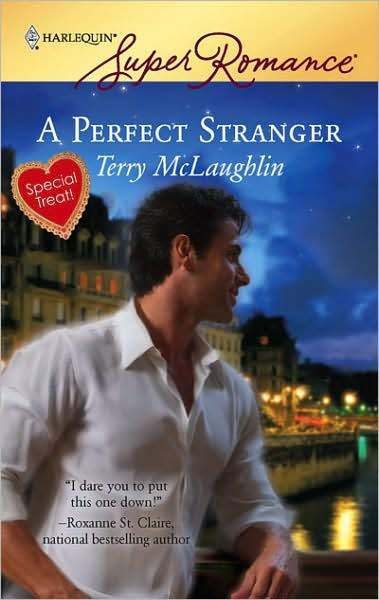


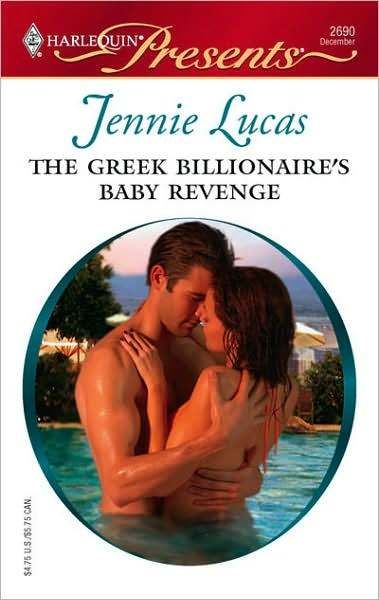

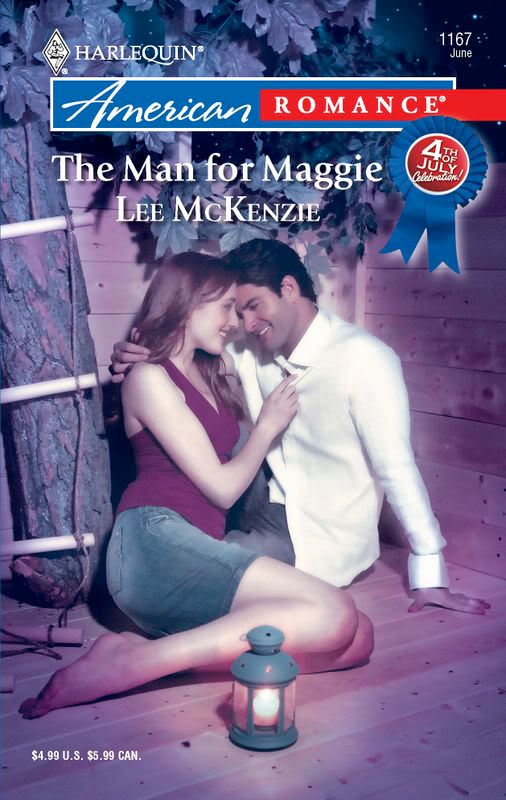
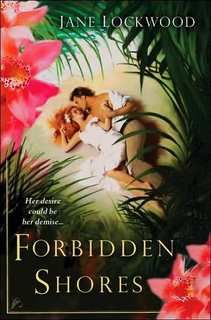

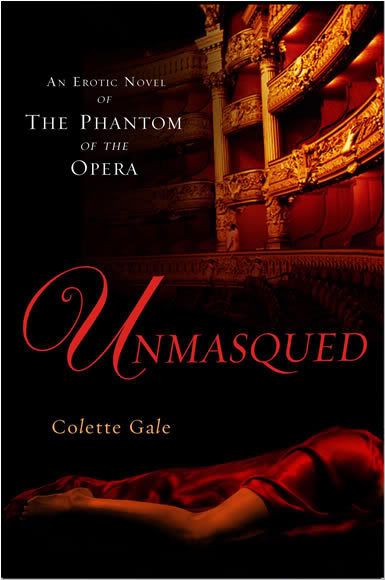
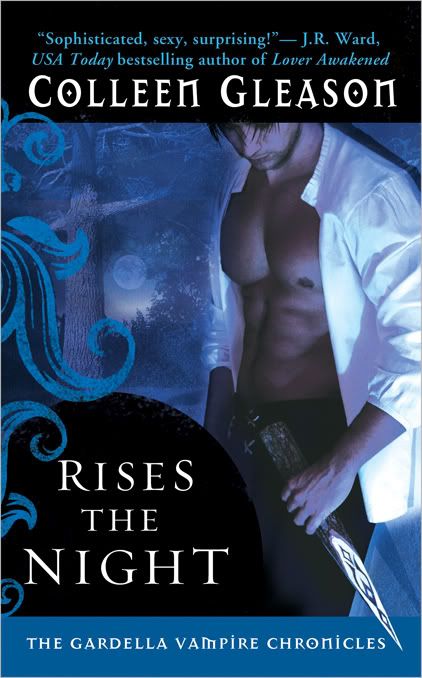
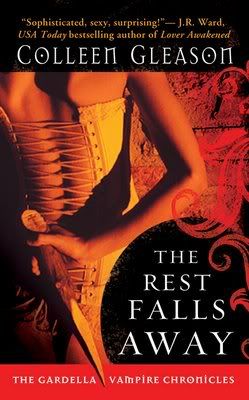
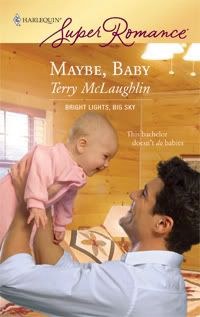
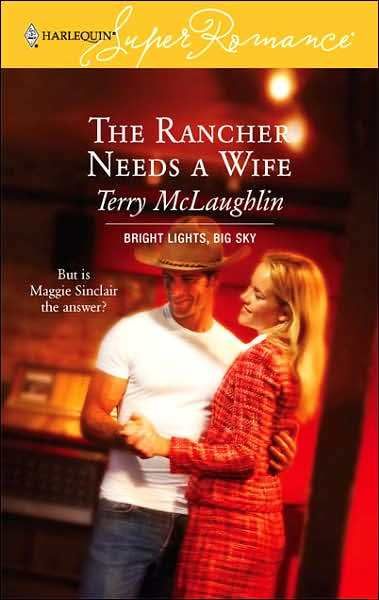
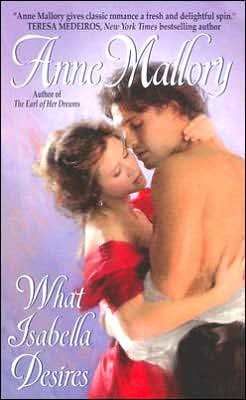
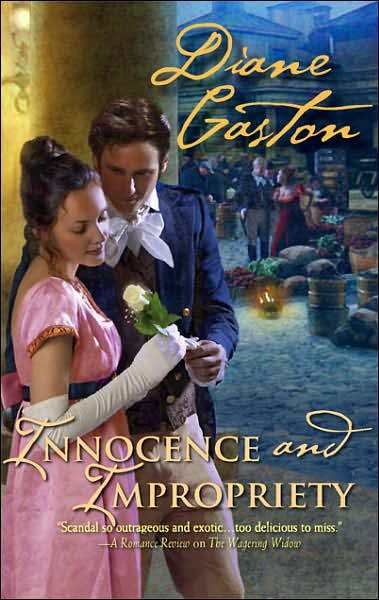
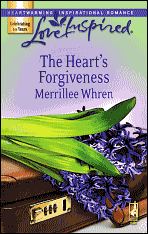
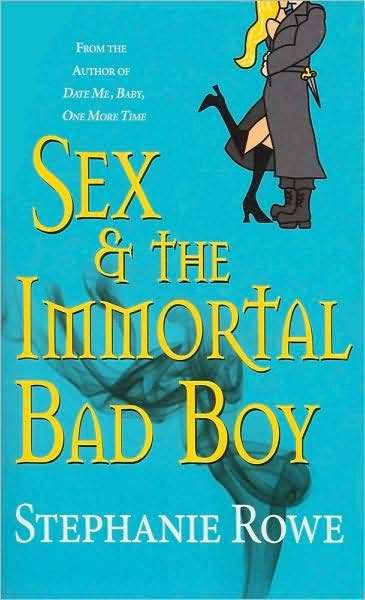
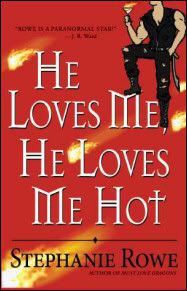
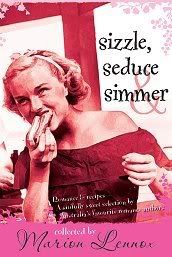
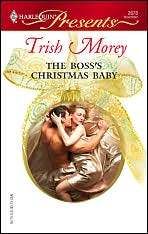
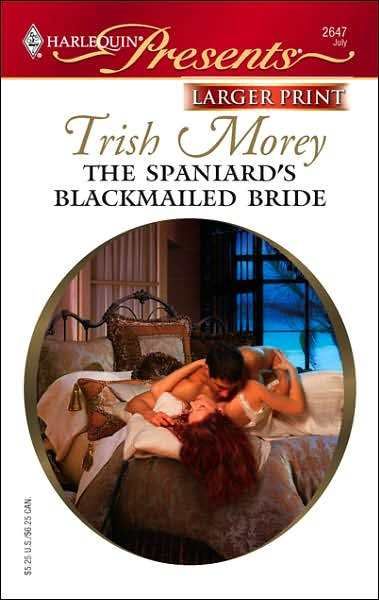
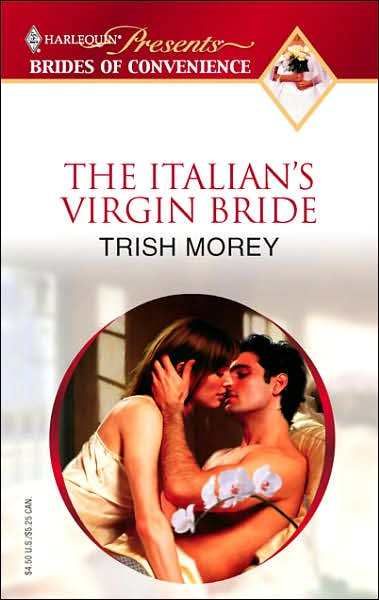
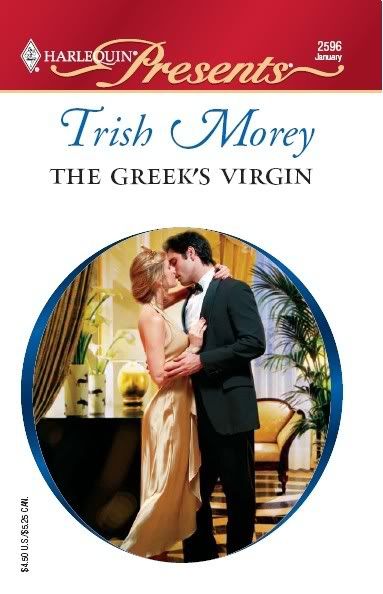

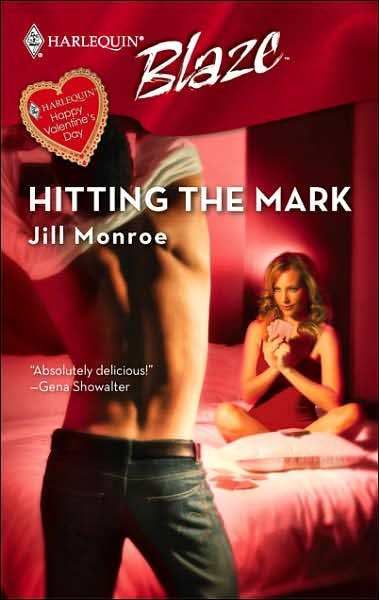
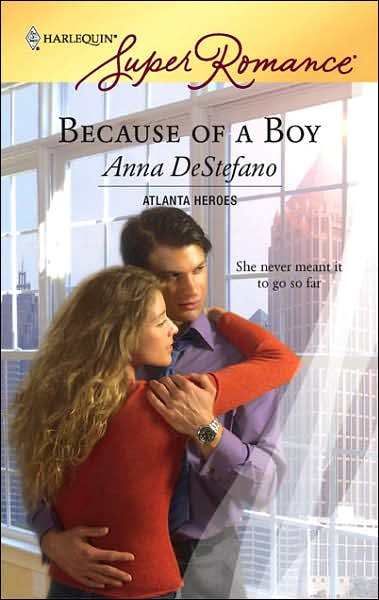

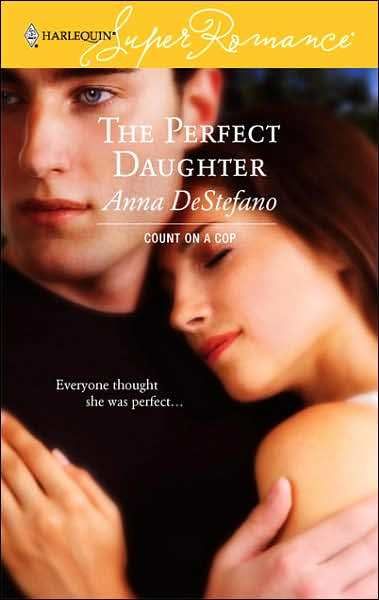

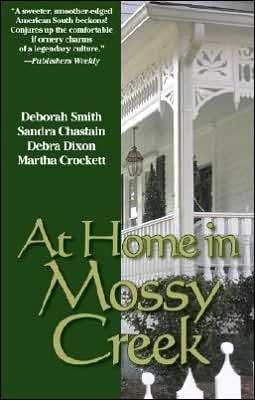
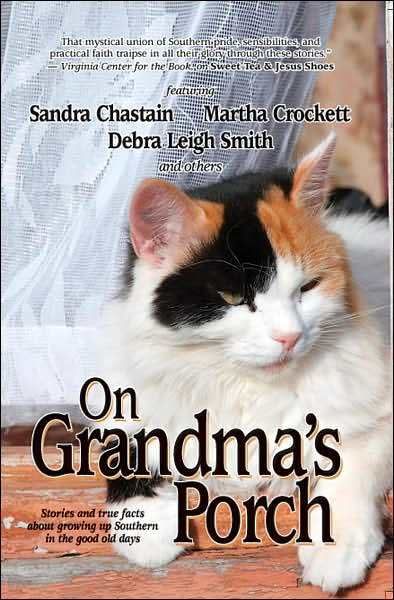
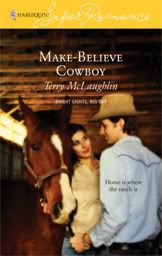

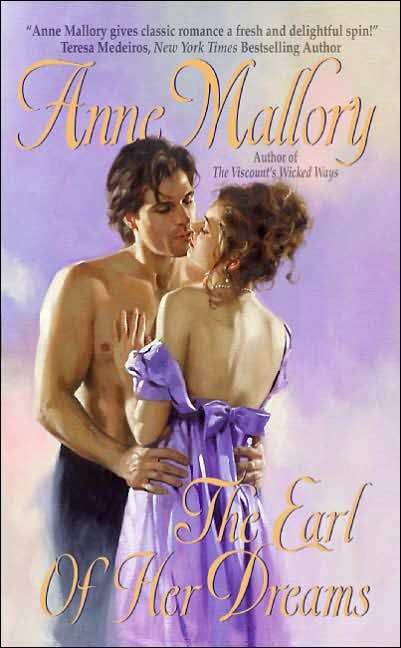
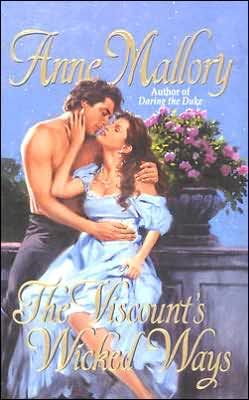
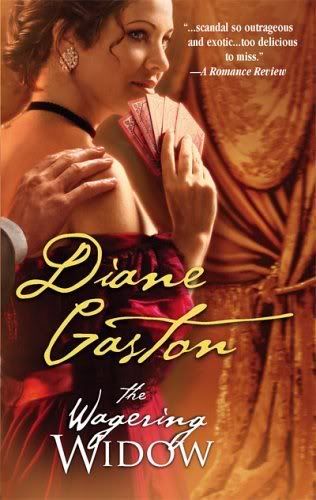
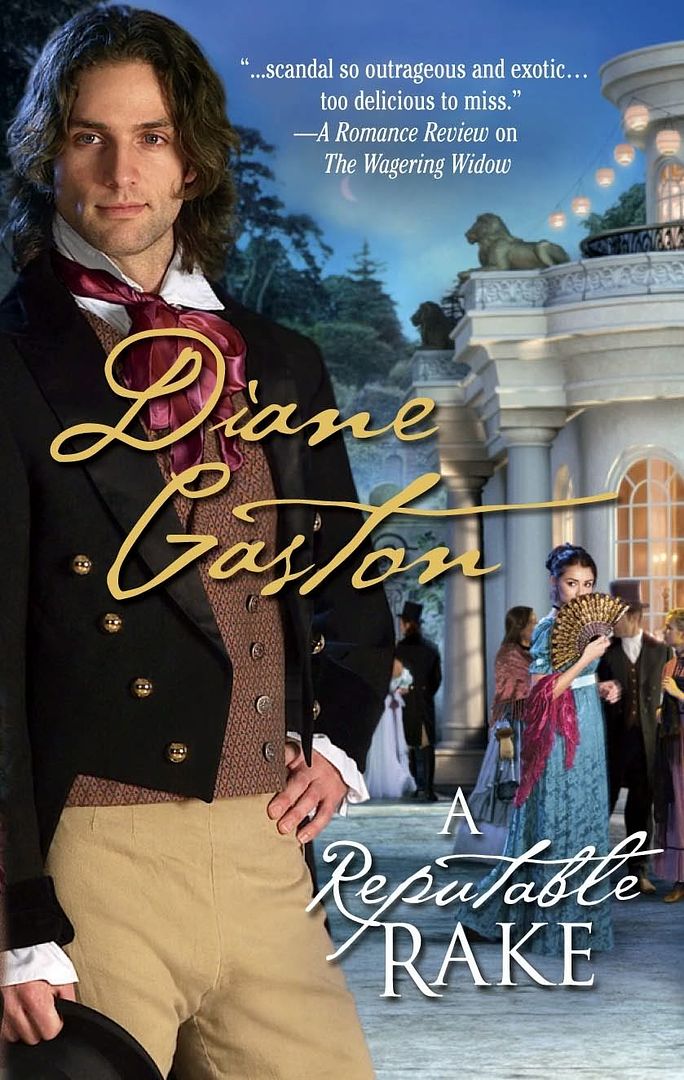
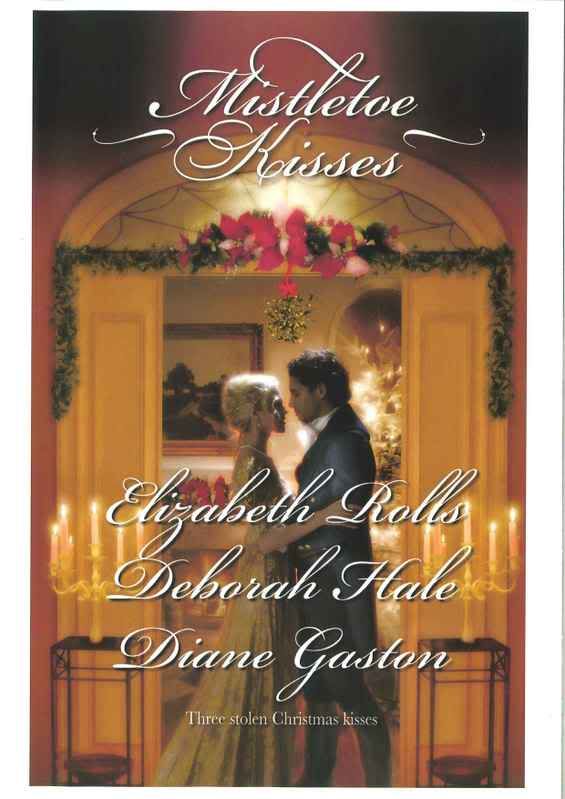
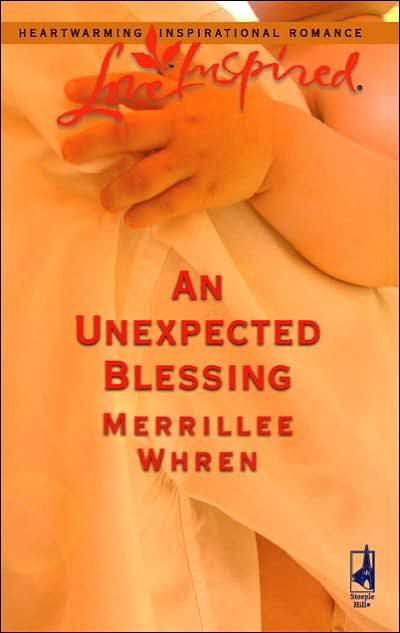

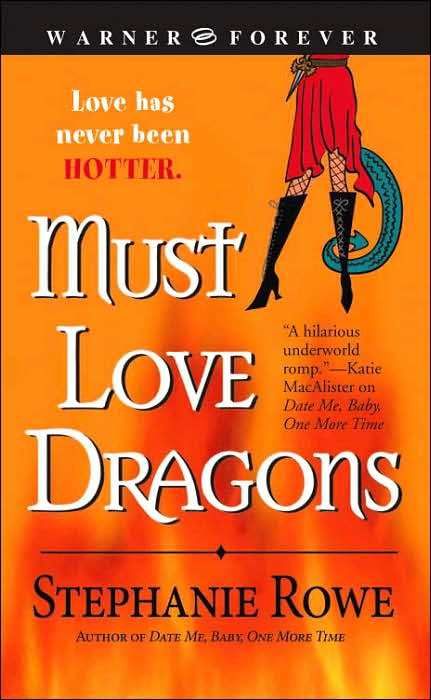
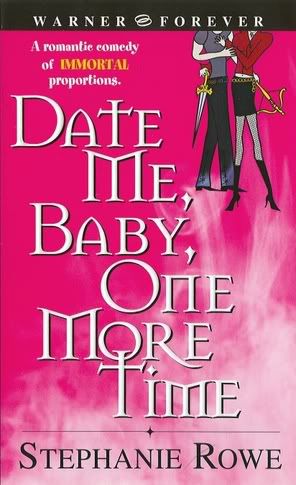
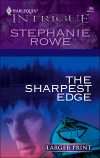
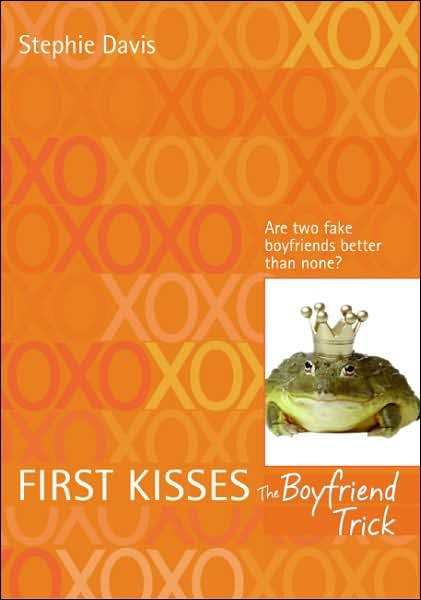
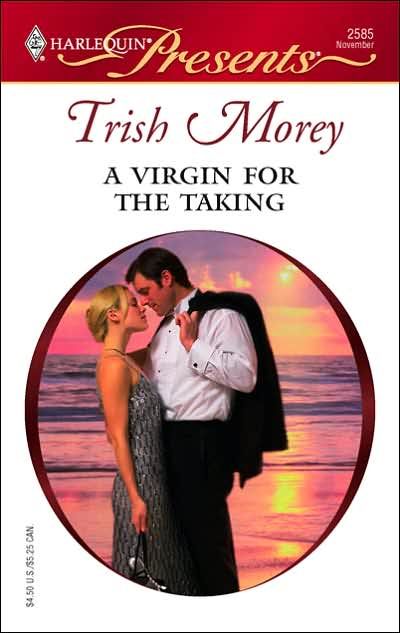
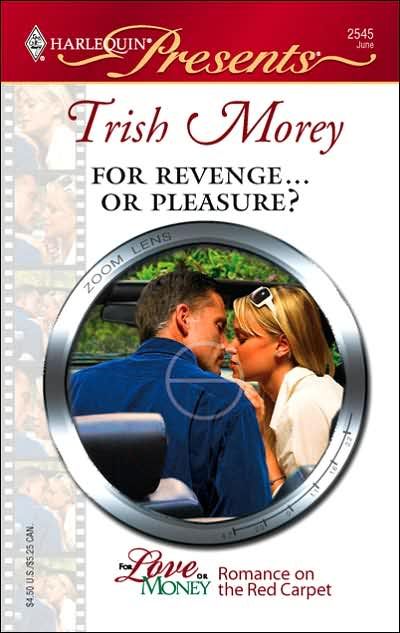
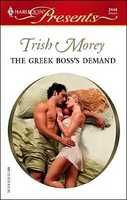



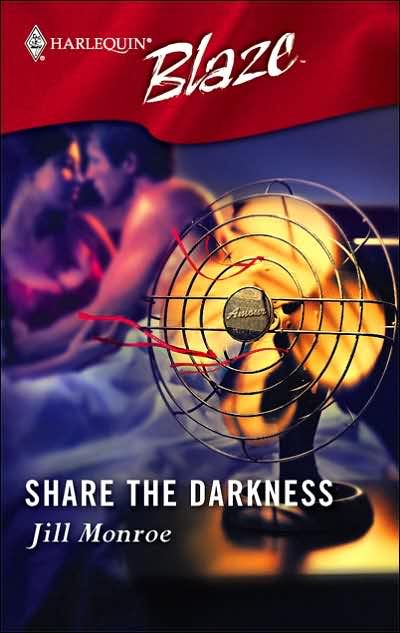

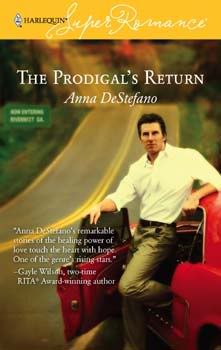


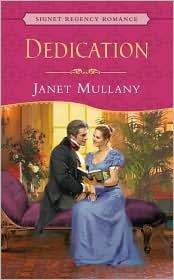
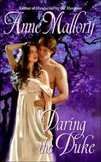
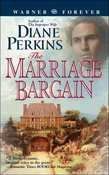
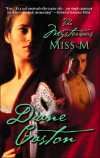

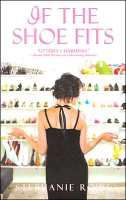

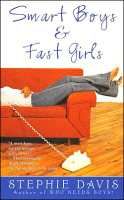


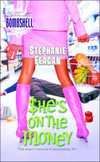
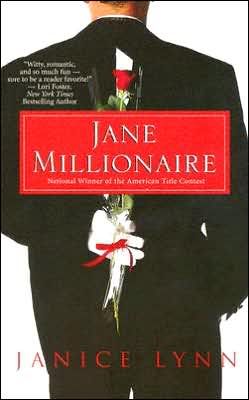


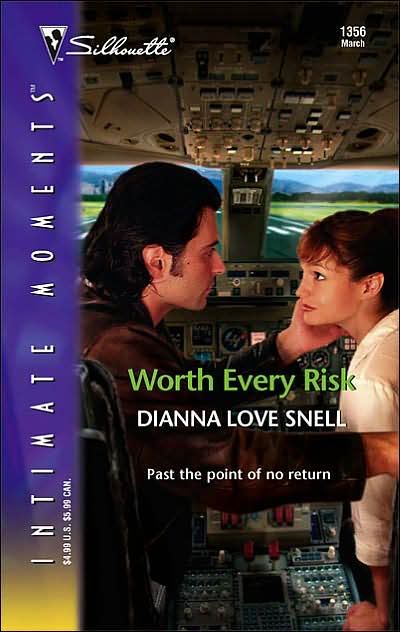
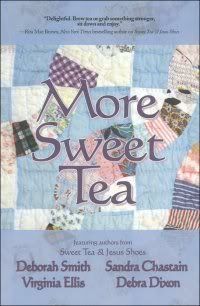
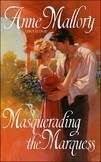
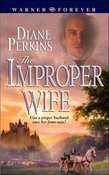
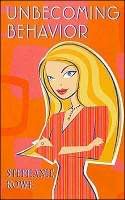
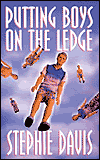

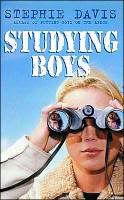
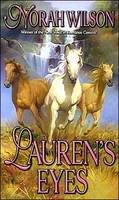
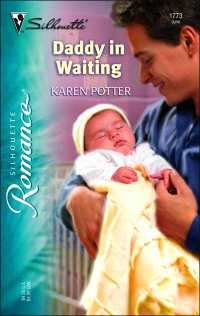
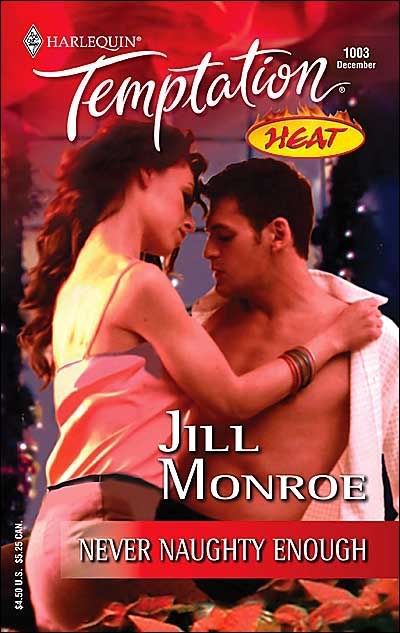





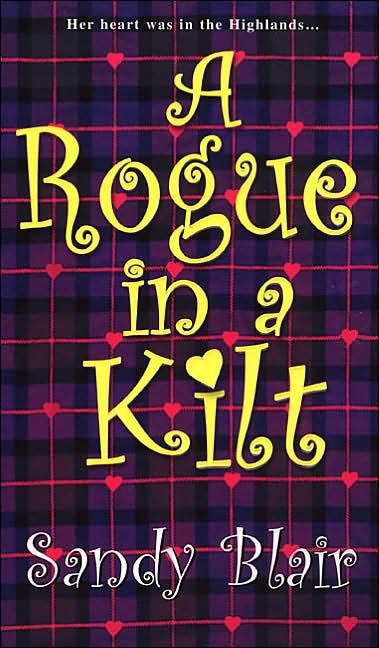

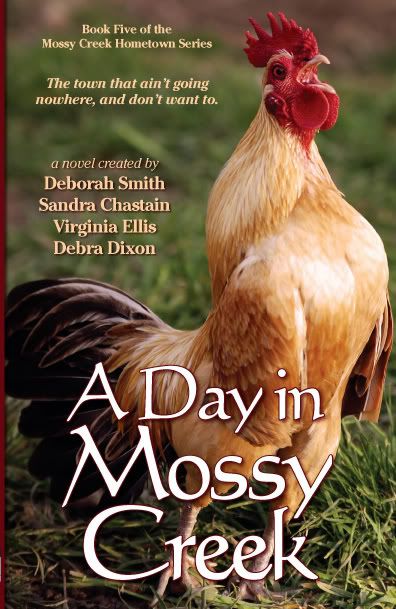

22 Comments:
LOVE the rotation system for your daughter's pointe shoes. I'm not quite as organized as you, although our character sheets look very similar.
I usually start with a bulleted list of scenes, but that's just the jumping off point. My ongoing notebook writing includes everything from brainstorming to dialogue. Nothing wrong with that, until I need to fix the plot and all I have is pages and pages of run-together info. That's when I tend to break out the index cards, because their limited size encourages me to be concise in describing a scene.
Maureen, I do the exact same thing as you do in starting the book. I write a character outline, complete with photo of the main characters.
But after that....no. I don't outline scenes.
You know, though, someday I might. Someday that might be the very thing that gets me out of a snag in the writing. You can never tell.
That is why I think it is good for pantsers to read about the "other" side. We may have to move there someday!
Esri,
I have notebooks, too. But I tend to use them when I get stuck--especially with dialogue. There's something about writing by hand that unsticks my creativity. When you use the index cards, do you use all the same color? I see your point about the cards forcing you to be concise. Hmm. For me, that might be helpful. Maybe I should give those cards another try! :)
Diane,
I'm envious of your pantser freedom. I wish I could do it. I want to be less structured. I'm actually try to move myself more in the pantser direction because I sometimes feel I've written the whole book before I write it, if that makes sense.
Oh, Maureen, this is great! A Dymo Labeler? ha! And you make full stops at every stop sign. :) Do you count to three or four like the bus drivers do?
Everything in my house is an organized mess. I only have one color of ribbon and I know this because I used it the other day...but I have no idea where I put it when I was done.
I love seeing how other writers move along from beginning to end. Interesting how different all the methods are, but in the end we all hope for the same thing--a great story!
Your chapter outlines are fabulous.
Don't forget to comment everyone, so that you can have more chances at the end of March to win a $20 gift card to Border's.
Maureen: Yeah, I use the notebooks when I get stuck. I just get stuck a lot. ;D
I've tried to color-code index cards, but never found a code that was useful, so they were pretty meaningless attempts, soon dropped.
This truly scares and amazes me. I know after a workshop (or three), I bought the white board and a kazillion dollars worth of every color and size sticky notes. However, I found I could only use it as a storyboard AFTER the fact, which helped me spot places where I was dwelling too much with one character, or the mystery was falling by the wayside to the romance.
I start writing with ... dialogue. Yep. I throw my characters onto the page and make them talk. Hardly even speaker tags. Just words. Then I can go back and layer in the tags, the beats, and the emotions. Work in some more setting details -- if she's nervous, I might need to give her something to fuss with. Then I reluctantly add descriptions.
In the end, we all wind up with finished books, which I think has to be the bottom line.
If I get any points for organization, I do like everything in my kitchen to stay where it belongs, and according to my husband, probably anally so.
I was just stunned by the thought of a thirty page outline....yikes! I would imagine you are an editor's dream :)
My favorite notecard idea comes from Karen Harbaugh's notes on writing. She says to do a synopsis with notecards, one each for the hero, the heronine, the opening scene, the most important scene before midpoint, the most important scene/midpoint, the dark moment, the end. It helped me solidify my ideas so much to be confined to those cards.
Your descriptions in your examples are amazing. I definitely need to work on description, and incorporating all the senses.
Maureen, I actually do have most of the non-writing aspects of my life organized. I have 100s of videos and DVDs, vinyl records, CDs etc and I have them organized in a room in alphabetical order. My niece and nephews LOVE to go in and rearrange a few when they visit just to see if I notice.
I do a lot of writing on notecards because I can stick them in my pocket at work. It makes it easy to lay out an entire scene. I do like that character outline. I need to do that for all of my characters so little things like internal conflict don't show up half way through the book and throw me for a loop!
Terry,
That's so cool that you start with dialogue!
Theresa,
I agree. It's really interesting to see how we all work so differently. And yes, I love my Dymo labeler!
Gillian,
I don't think most editors want someone who writes a long outline. They want a good synopsis and story. Those long outlines are more for me to stay on track. I think they would frighten an editor!!
Glad you liked some of the descriptions. I enjoy writing them.
Doglady,
I like how you carry your index cards around. I hadn't really thought about it, but portability is a great advantage to the index card method. I must admit the 35 page outline doesn't fit into any of my pockets! :)
Gillian,
I don't think most editors want someone who writes a long outline. They want a good synopsis and story. Those long outlines are more for me to stay on track. I think they would frighten an editor!!
I agree! In fact, where editors are concerned the shorter the synopsis, the better.
A couple of years ago I worked up a detailed synopsis, the most detailed figuring out of a story I'd ever done before writing the story. It was rejected. I realized later that I gave the editors lots of detail to worry about, and although I thought it was a great story, they, I believe, got hung up in the details.
Just so I didn't have to do so much work, the next thing I showed them was a one page story idea and they bought on that!
Hey, Mo--I alphabetize my spice rack. Does that count? And I've used index cards and detailed outlines for writing research papers.
I'm fairly organized (and relatively neat) in most aspects of my life. And my crazy, freewheeling approach to writing makes me nervous--I'm sure that's why I attended so many plotting workshops.
I'd love to be able to outline a story like you when I grow up :-).
Omigosh, Terry Odell--that's exactly how I start my scenes, too! Free form dialogue with no tags, no nothin'. Then I go back and layer everything in.
Freaky :-).
Terry M,
I like the alphabetized spice rack!
I think it's really interesting that even though many of us are into organization that we have different ways to plot our novels. The key is to find something that works.
Oh, a kindred spirit! I love outlines. I do start with cards or a map (usually a map on a large piece of paper...cards get lost, but sometimes I need the index cards), and then I make notes and fill in through-lines until I've got a fairly cohesive, and full, story. Then I go to a spread sheet.
Excel is your friend.
Then I move all the scenes to my spreadsheet and have columns where I check off which scenes are turning points, set pieces, &c. I also have columns for each of the through-lines so I can see which ones are heavy in one act, light in another.
Once that's done, I do a summary outline. But I must admit, I have usually started the book by this point. I'm well into Act 1 before all this is done, but I find Act 2 troublesome if I don't have my outline done by the time I'm ready to write it.
Wow, Amy!
A spreadsheet. I am impressed!
I'm twitching over here.
A couple of books ago, I designed my own notecards based on The Plot Doctor and a few other places. I printed them out on cardstock.
I got through maybe 10 scenes before I ran screaming from the sight of them. I wish I could. I think it would add so much depth to my writing. But even if I did complete them...I'd probably forget to look at them!!!
MaryF et al,
I did the plot dr too, and I carry the mostly unused index cards in their little container in my pocketbook (but I rarely carry the pocketbook), I keep notebooks by the bedside, in my car, on the kitchen counter, near the mail stack...
I seem to write more freely using a notebook, because sometimes you can get them cheaply and who cares if I doodle on half the page. Eventually I'll say something great. But I don't like being "stuck" there, in an order that isn't necessarily logical.
As for the index cards, I can't seem to get over the fact that what I put there is limited and should be important. So the useful hints about the notebook MoH wrote about (putting the manuscript title at the top of each page, crossing out when it's transcribed, etc.) will help me. Then maybe I can cut up the notebook pages and put them on index cards and shuffle things around.
And Excel sounds useful too.
I'll have to keep playing until I find the one that works for me.
Thanks all!
BTW Mo H,
Thank you (and all the wetnoodle posse) for showing the excerpts from your wip. I've never seen it set out that way, but I know that would work for me because it will keep those fresh details in mind and let me sprinkle them in casually, instead of sticking them in because I'm afraid of losing the imagery. Also, it keeps the scene goal and overall goals, characteristic, etc fresh in the writing.
I'm definitely going to try that in my next chapters.
Post a Comment
<< Home
Subscribe to Post Comments [Atom]